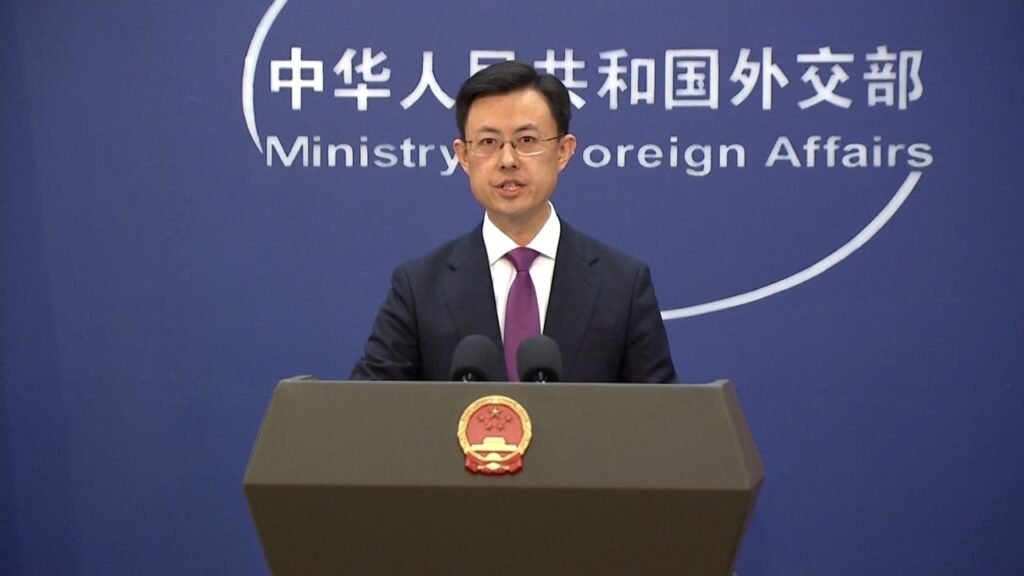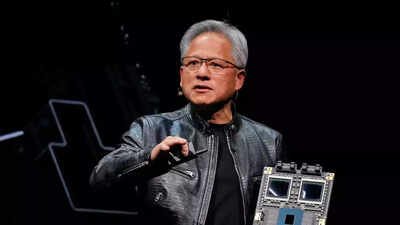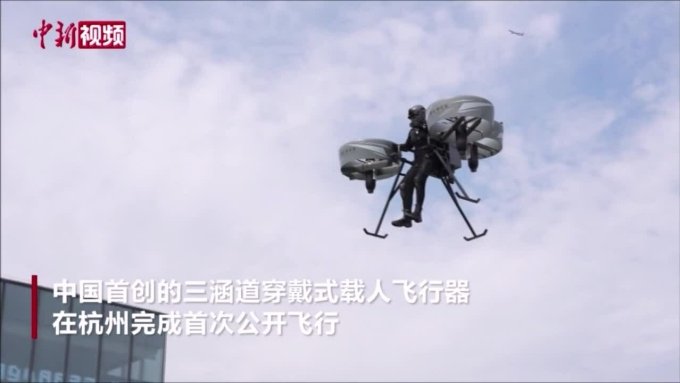The US State Department announced a major reorg this month, and the changes could weaken America’s ability to counter China’s growing technological influence.
Secretary of State Marco Rubio announced his plan to “make the State Department Great Again” in a press release Tuesday. In an accompanying blog, Rubio slammed the agency as too bloated “to perform basic diplomatic functions,” blaming a fifteen-year surge in size and taxpayer cost.
Echoing his boss, President Trump, Rubio promised the reorganization would “drain the bloated, bureaucratic swamp, empowering the department from the ground up.”
The reorganization will reportedly see the department shedding 15 percent of its domestic staff. The State Department didn’t respond to our request for comment or confirmation.
While light on operational details, Rubio’s announcement included a link to a new organizational chart [PDF] that detailed the extent of changes when contrasted to the prior version [PDF] from May 2024.
Matt Pearl, a former tech advisor to the deputy national security advisor, and now a director at the Center for Strategic and International Studies think tank, explained to The Register why those changes matter.
Most importantly to Pearl, the recently opened Cyberspace and Digital Policy (CDP) bureau, which played a key role in US efforts to push back against Chinese tech giants like Huawei and ZTE, widely flagged by US officials as national security threats, and in strengthening the security of submarine data cables, has been demoted. It used to report directly to the Deputy Secretary of State. Now it’s beneath the Under Secretary for Economic Growth, Energy, and Environment.
Stripping it of direct access to the Secretary, he warned, will add bureaucratic friction and weaken its ability to influence policy.
“I am very concerned about what happened to CDP,” Pearl told us. “Moving away from having them report to the Deputy Secretary is going to lower their standing in the department and their ability to reach leadership.”
Hamstringing the group, he believes, could have a significant impact on the US’ ability to influence international cybersecurity standards.
Along with its work addressing threats from Chinese tech firms, CDP was also a key player in developing telecom supply chain diversity commitments from various countries and helped establish the Counter Ransomware Initiative. The CDP was also played a “significant role” in the Pall Mall process, an international effort to crack down on the use of commercial intrusion tools, including spyware. Pearl noted that the CDP was involved in Pall Mall despite the US not being an initial signatory on the international commercial spyware agreement.
That said, Pearl believes that Rubio cares about the issues highlighted by the CDP, and told us to wait for actual staffing cuts to come out to judge the real impact.
“If [the CDP] doesn’t have significant staffing reductions I think that would be a recognition that the approach to China needs support from staff,” Pearl said. “Hopefully there won’t be cuts as significant as in other parts of the department, but we’ll have to see.”
Pearl also mentioned his disagreement with the closure of the Office of the Science and Technology Adviser to the Secretary (STAS) in the new chart. STAS is responsible for anticipating the foreign policy impacts of scientific and technological advances and for training US diplomats to navigate those issues.
“We need more diplomats and experts at places like the State Department and in Commerce to work on these things,” Pearl told us in a phone interview.
The new State Department org chart also omits the Foreign Service Institute – the agency’s main diplomat training ground – raising questions about its future.
Meanwhile, the position of Under Secretary for Civilian Security, Democracy and Human Rights has been rebranded to focus narrowly on Foreign Assistance and Human Rights. Many of that group’s subordinate offices, including human trafficking monitors, the ambassador-at-large for religious freedom, and the bureau for population, refugees, and migration, have been moved under a new consolidated directorate, with some roles reportedly trimmed or realigned.
“These sweeping changes will empower our talented diplomats to put America and Americans first,” State Department spokesperson Tammy Bruce said in a press conference earlier this week, defining an odd mandate for a department designed to focus on foreign relations. ®







